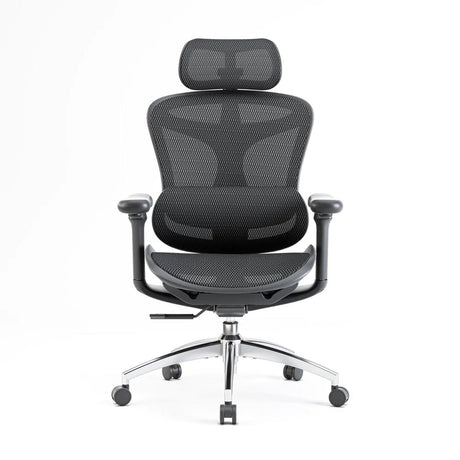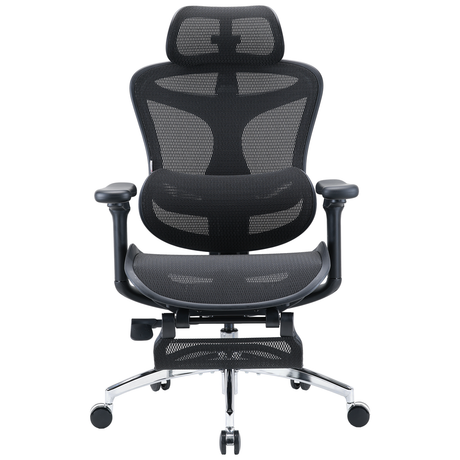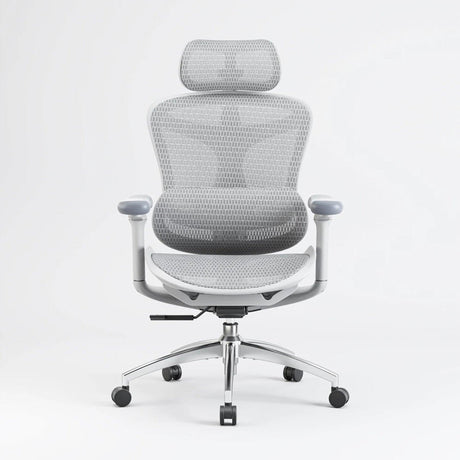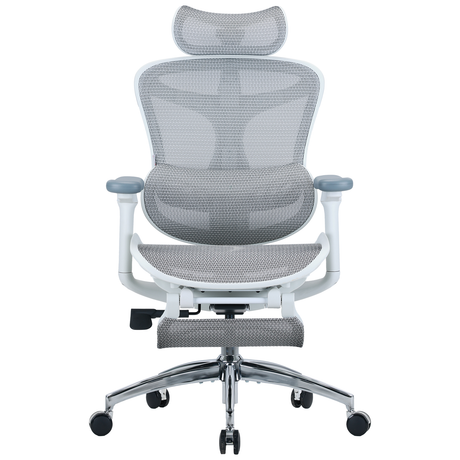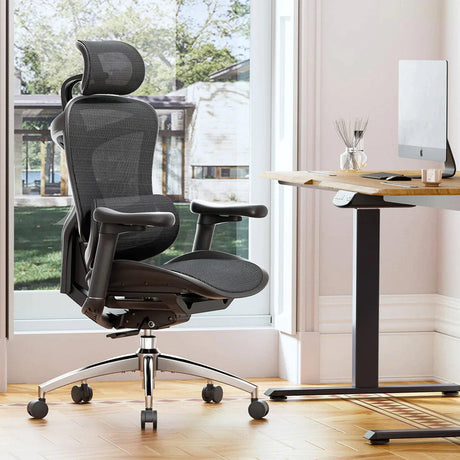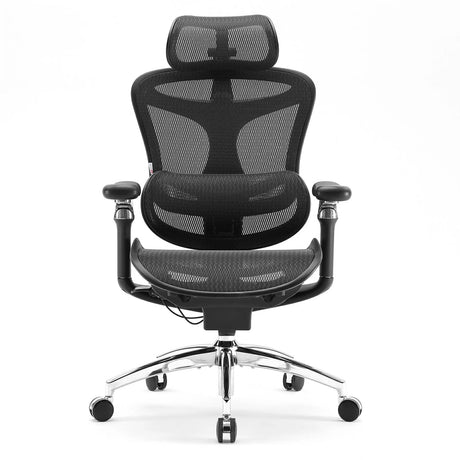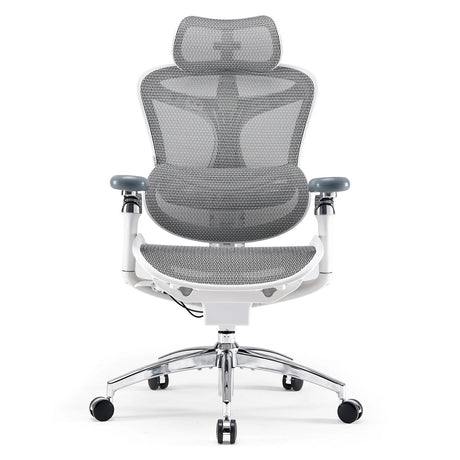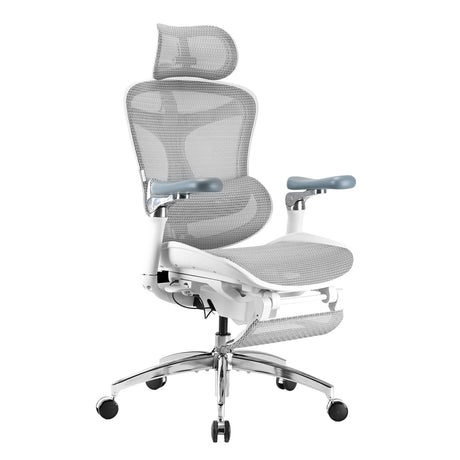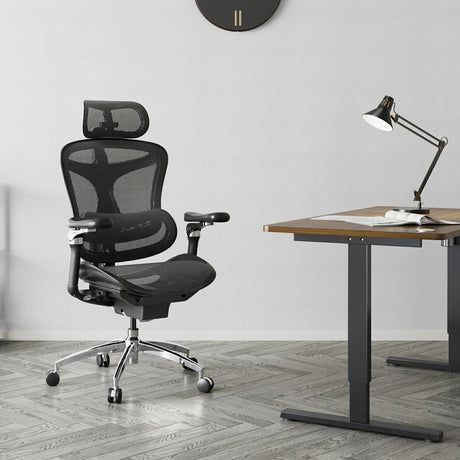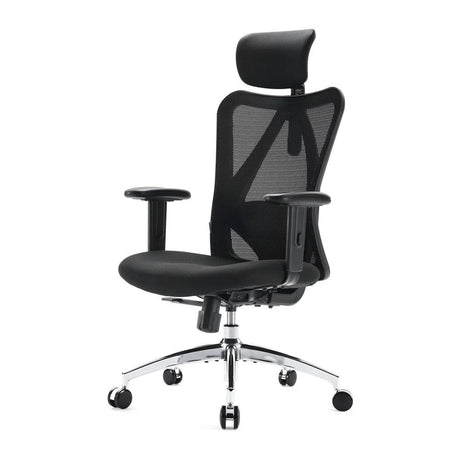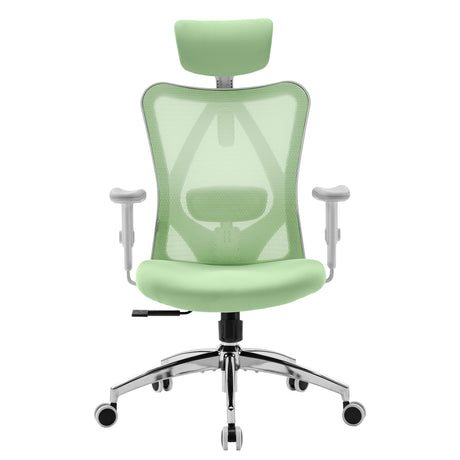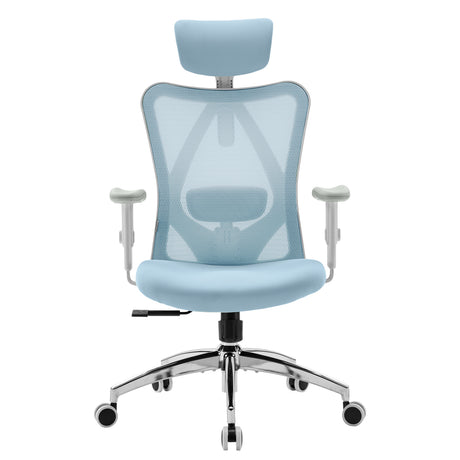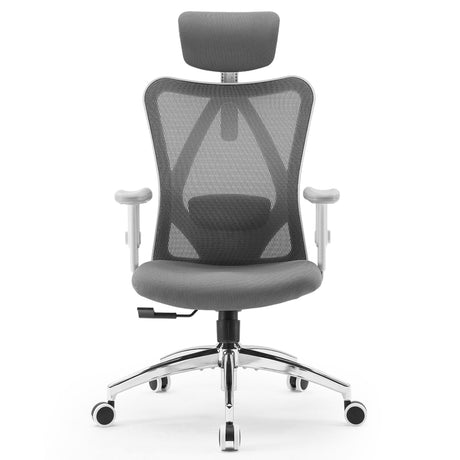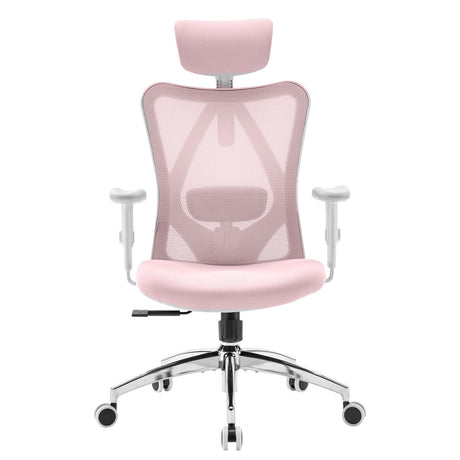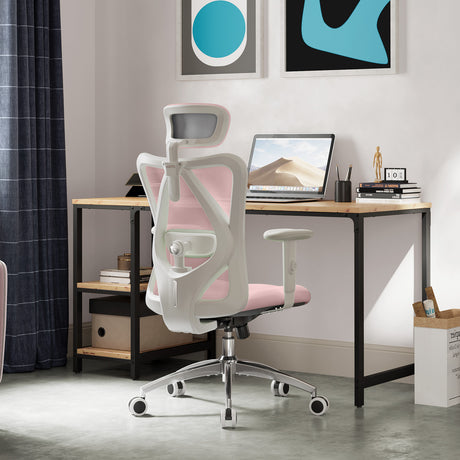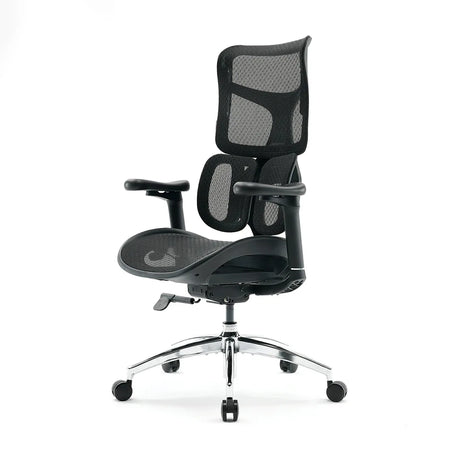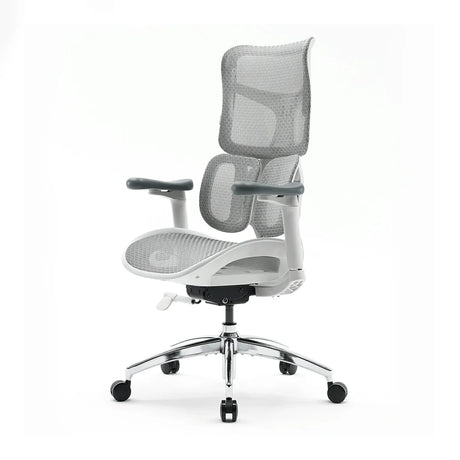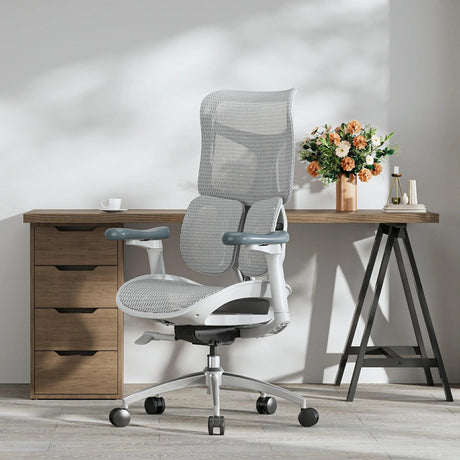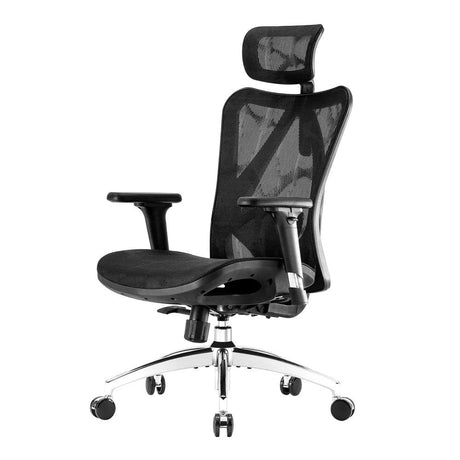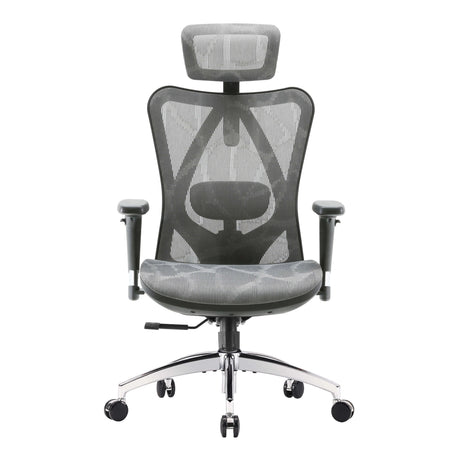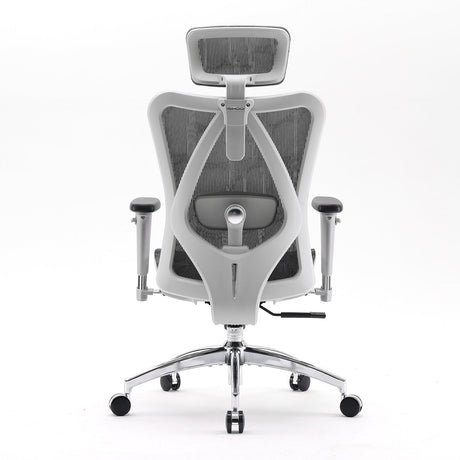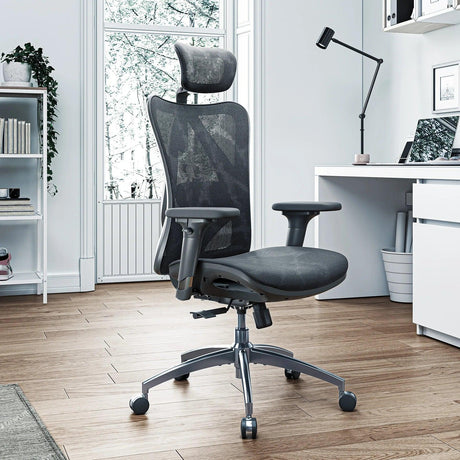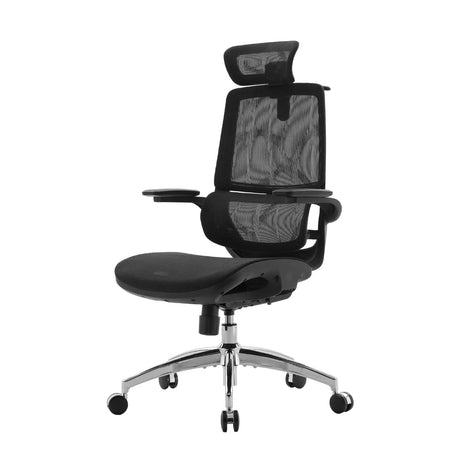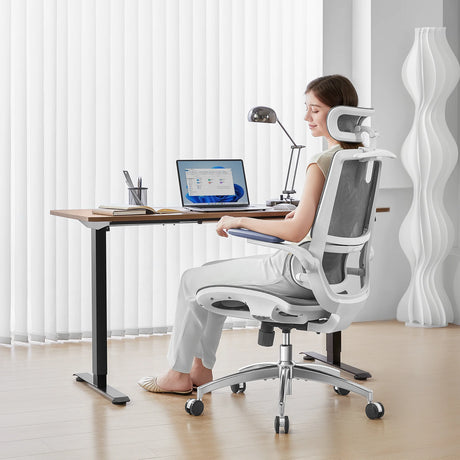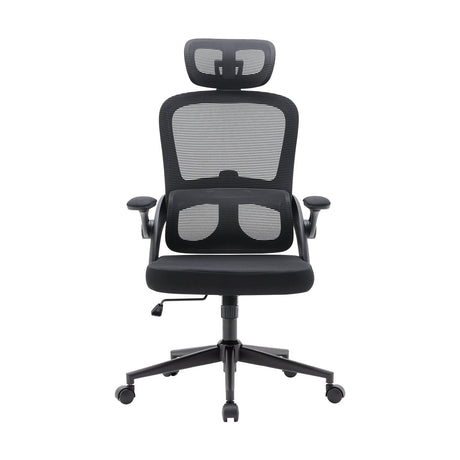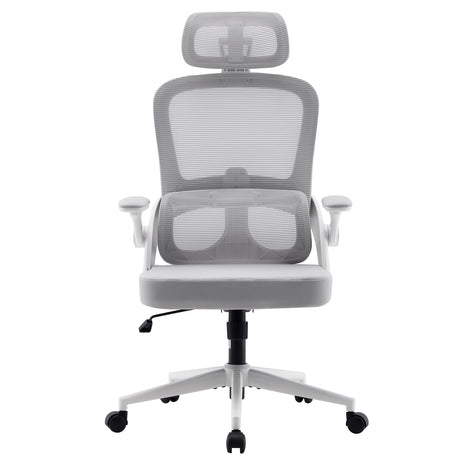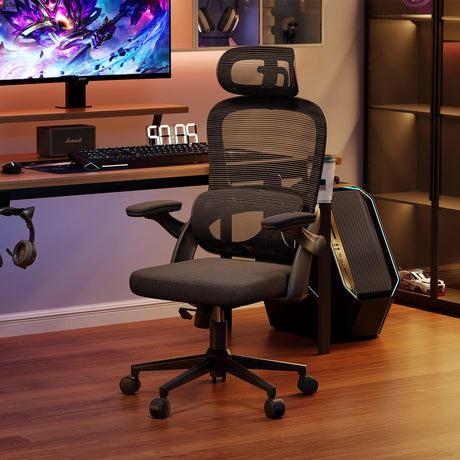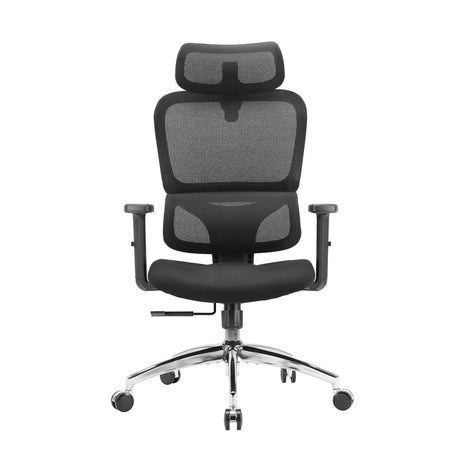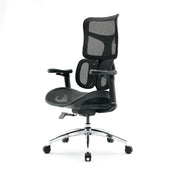Life in the digital age is non-stop, and for most of us, that means our workdays involve serious screen time. Though technology has revolutionized how we connect and produce, it's also ushered in a new era of desk-related health problems. It's now common to hear people complain about everything from sore shoulders and neck pain to constant eye strain and feeling mentally drained, no matter the industry.
That’s where ergonomic principles—and particularly, the 30/30 rule in ergonomics—come into play. This simple yet powerful guideline helps protect the body from the physical toll of prolonged sitting or repetitive tasks, promoting both comfort and productivity.
In this article, we’ll explore the origin, logic, and application of the 30/30 rule, how it benefits posture and musculoskeletal health, and how to incorporate it into modern work and study routines.
1. What Is the 30/30 Rule in Ergonomics?
The 30/30 rule is a widely recognized ergonomic principle that emphasizes movement and posture variation during work. In simple terms, it means:
- For every 30 minutes of sitting, spend at least 30 seconds standing, stretching, or moving.
The idea is straightforward yet effective: instead of sitting still for long stretches of time, you give your body periodic breaks to restore circulation, relieve muscle tension, and reset your posture.
This rule is sometimes described as the “microbreak rule” because it encourages frequent, short interruptions rather than occasional long breaks. Over time, these small adjustments prevent the physical strain associated with sedentary behavior.
Core Concept:
- 30 minutes of activity (e.g., sitting, typing, or reading)
- 30 seconds of posture change or movement (e.g., standing, walking, stretching)
Even such a brief change can dramatically reduce fatigue, stiffness, and the cumulative stress that leads to neck, shoulder, and lower back pain.
2. Why the 30/30 Rule Matters in Modern Workspaces
Modern work environments—especially remote and hybrid offices—have amplified the risks of static posture. Sitting for hours without movement reduces blood flow, compresses spinal discs, and overworks certain muscle groups while weakening others.
The Problem With Prolonged Sitting
Sitting for long periods affects nearly every system in the body:
- Musculoskeletal strain: The spine, hips, and neck experience uneven loading.
- Circulatory reduction: Blood flow slows, particularly to the lower extremities.
- Metabolic slowdown: Energy expenditure drops, affecting glucose regulation and fat metabolism.
- Mental fatigue: Physical discomfort can trigger reduced focus and cognitive alertness.
In 2017, the British Journal of Sports Medicine recommended breaking up sitting time every 30 minutes to minimize these effects. The 30/30 rule embodies this advice in an easy-to-follow formula.
The Modern Context
The rise of ergonomic office furniture—like adjustable chairs, sit-stand desks, and active stools—reflects a growing awareness that static sitting is unsustainable. However, even the best equipment can’t fully compensate for inactivity. The 30/30 rule bridges that gap, ensuring that ergonomic setups are complemented by ergonomic behavior.
3. The Science Behind the 30/30 Rule
The Physiology of Posture
Human bodies are not built for stillness; they’re designed for movement. Muscles and joints rely on dynamic tension and regular circulation to stay healthy. When you remain in one posture—especially sitting—for too long, certain muscles (like the hip flexors and neck extensors) shorten and tighten, while others (like the glutes and core) weaken.
This imbalance contributes to:
- Forward head posture
- Rounded shoulders
- Compressed lumbar discs
- Reduced range of motion
Circulatory and Neurological Benefits
Standing or stretching for even 30 seconds can restore venous return, helping blood flow back from the legs to the heart. Movement also improves oxygen delivery to the brain, which enhances concentration and reduces fatigue.
Studies in occupational health show that workers who interrupt sitting time every 30–45 minutes experience:
- Lower perceived discomfort
- Improved focus and mood
- Reduced risk of musculoskeletal disorders
4. How to Apply the 30/30 Rule in Daily Life
Integrating the 30/30 rule doesn’t require a complete routine overhaul. It’s about building mindful micro-movements into your schedule.
Step 1: Set a Timer or Use an App
Use a smartphone or smartwatch reminder every 30 minutes. Apps like Stretchly, Stand Up!, or built-in health trackers can automate these alerts.
Step 2: Change Posture or Move for 30 Seconds
When the reminder goes off:
- Stand up and roll your shoulders
- Stretch your arms overhead
- Walk to refill your water bottle
- Shift from sitting to standing desk height
- Do gentle neck rotations or back extensions
Even subtle movements can “reset” your posture and reduce strain.
Step 3: Alternate Sitting and Standing if Possible
If you have a sit-stand desk, try switching between sitting and standing every 30 minutes. This alternation not only maintains circulation but also trains your postural muscles to adapt dynamically.
Step 4: Pair With Other Breaks
You can align your 30/30 moments with:
- Checking emails
- Reading printed documents
- Quick stretches during calls
- Micro-walks between tasks
The key is consistency—short, regular movement adds up more than occasional long breaks.
5. 30/30 Rule Variations for Different Work Settings
The 30/30 rule can be tailored to fit different types of work environments.
For Office Workers
- Use sit-stand desks and alternate posture regularly.
- Keep a mini stretch band or foam roller nearby.
- Take 30-second pauses to stand and stretch after finishing a task or email.
For Remote Workers
- Set up visual cues (like sticky notes or posture reminders).
- Move during loading times or video call transitions.
- Combine posture changes with hydration or breathing exercises.
For Students
- Between study intervals, stand up to stretch or walk around the room.
- Use ergonomic seating with lumbar support.
- Practice mindful posture resets every 30 minutes while reading or typing.
For Manual Labor or Repetitive Tasks
- The same principle applies: after 30 minutes of repetitive motion, pause for 30 seconds to stretch or reverse the motion pattern.
6. Combining the 30/30 Rule With Other Ergonomic Strategies
While the 30/30 rule focuses on movement frequency, it’s most effective when integrated with other ergonomic habits.
Proper Chair Adjustment
Use an ergonomic chair that supports:
- Adjustable seat height and depth
- Lumbar support that fits your lower back curve
- Armrests that align with your elbows
- A breathable mesh back for temperature regulation
Optimal Desk Setup
Your workstation should promote neutral posture:
- Monitor at eye level
- Keyboard and mouse aligned with elbows at 90°
- Feet flat on the floor or supported by a footrest
Eye Ergonomics
Combine the 30/30 rule with the 20-20-20 rule for vision:
- Every 20 minutes, look at something 20 feet away for 20 seconds.
This reduces digital eye strain and complements overall posture relief.
7. Tools and Equipment That Support the 30/30 Rule
Investing in the right tools can make following the 30/30 rule effortless.
Sit-Stand Desk
A height-adjustable standing desk lets you switch positions easily without interrupting workflow.
Ergonomic Chair
Choose a chair with dynamic lumbar support, seat depth adjustment, and coordinated armrests—features found in advanced ergonomic models like the Sihoo Doro series.
Desk Accessories
- Footrests: Improve leg circulation.
- Anti-fatigue mats: Reduce strain when standing.
- Monitor arms: Maintain ideal screen height for both sitting and standing postures.
Smart Devices
Wearables and apps can nudge you to move every 30 minutes, helping make the habit stick.
8. The Benefits of Following the 30/30 Rule
Consistently practicing the 30/30 rule brings a range of physical, mental, and even professional benefits.
1. Reduced Back and Neck Pain
Frequent posture changes decompress spinal discs, reducing the risk of lower back strain and cervical tension.
2. Improved Circulation and Energy
Movement encourages blood flow and oxygen delivery, helping you stay alert through long workdays.
3. Better Productivity and Focus
Microbreaks improve cognitive performance, attention span, and decision-making.
4. Prevention of Long-Term Health Risks
Regular breaks mitigate risks linked to prolonged sitting, such as obesity, diabetes, and cardiovascular disease.
5. Enhanced Mood and Wellbeing
Movement stimulates endorphins, relieving stress and promoting overall wellbeing.
9. Common Mistakes When Applying the 30/30 Rule
While simple in principle, the 30/30 rule can be misapplied if not done mindfully.
Mistake 1: Treating It as Optional
Many users ignore reminders or delay movement, defeating the purpose. Consistency is key.
Mistake 2: Only Stretching Without Posture Change
True posture variation means changing body position—not just moving arms while still seated.
Mistake 3: Standing Too Long Without Support
Standing for hours without movement can also cause strain. The rule emphasizes alternation, not replacement.
Mistake 4: Poor Ergonomic Setup
Even with frequent breaks, an incorrectly adjusted chair or desk will still cause discomfort.
10. Practical Examples of the 30/30 Rule in Action
Example 1: The Office Worker
Sarah works eight hours a day in a corporate setting. She sets a smartwatch timer for every 30 minutes. Each time it buzzes, she:
- Stands up
- Performs shoulder rolls
- Walks to refill her coffee
Over time, she reports less stiffness and improved focus.
Example 2: The Student
Alex studies for long hours during exam season. He pairs 30/30 posture shifts with 50-minute Pomodoro sessions. Every 30 minutes, he stands, stretches, and drinks water. His concentration improves, and back pain decreases.
Example 3: The Designer
Jason, a graphic designer, alternates between sitting and standing using a height-adjustable desk. Every half hour, he adjusts his posture, performs wrist stretches, and resets his screen height. This balance keeps him comfortable and inspired through long creative sessions.
11. How Employers Can Encourage the 30/30 Rule
Workplace ergonomics isn’t just an individual responsibility; it’s a productivity and wellness issue for employers.
Education and Training
Offer short ergonomics workshops to introduce the 30/30 concept.
Built-in Break Systems
Integrate break reminders into company software or internal systems.
Ergonomic Equipment
Provide sit-stand desks, ergonomic chairs, and movement-friendly layouts.
Culture of Movement
Encourage walking meetings, stretch breaks, or collaborative workspaces that naturally promote motion.
The return on investment is clear: fewer health-related absences, higher productivity, and better employee satisfaction.
12. FAQs About the 30/30 Rule in Ergonomics
Q1: Is the 30/30 rule only for office workers?
No. The principle applies to anyone engaged in static or repetitive tasks—students, drivers, designers, and even manual laborers benefit from regular movement.
Q2: What if I can’t stand every 30 minutes?
You can still apply the rule by changing posture: adjust your seat angle, stretch, or shift your weight. The goal is movement, not necessarily standing.
Q3: Can I replace exercise with the 30/30 rule?
Not exactly. The rule helps offset sedentary risks but doesn’t substitute structured physical exercise. You should still aim for daily activity beyond work hours.
Q4: Does the rule apply when standing?
Yes. If you stand for 30 minutes, you should still move, stretch, or sit briefly to avoid overloading leg joints.
Q5: How does it differ from the 20-20-20 rule?
The 20-20-20 rule focuses on eye ergonomics, while the 30/30 rule addresses posture and musculoskeletal health. Both complement each other.
Q6: Are there devices that remind me automatically?
Yes—wearables, desktop apps, or even smart ergonomic chairs can issue posture reminders at custom intervals.
Q7: Can frequent breaks affect productivity?
On the contrary, studies show that regular microbreaks enhance focus and efficiency. They prevent mental fatigue and improve overall task quality.
13. Final Thoughts
The 30/30 rule in ergonomics is more than a simple formula—it’s a practical philosophy that recognizes the body’s need for rhythm and movement. In an age where long hours at a desk are standard, this rule provides a realistic, sustainable way to maintain comfort, focus, and health.
By taking just 30 seconds every 30 minutes to move, stretch, or stand, you can prevent fatigue, improve posture, and build a more sustainable relationship with your work environment.
Whether you’re outfitting an ergonomic home office, managing a corporate workspace, or studying for exams, the 30/30 rule is an easy-to-implement strategy with powerful long-term benefits. Combined with high-quality ergonomic tools—like supportive chairs, adjustable desks, and posture-friendly accessories—it can transform not only how you work but how your body feels doing it.
In ergonomics, small changes lead to lasting comfort—and the 30/30 rule proves that even half a minute can make a world of difference.


